Claudio Monteverdi – his BIOGRAPHY and his PLACES
Claudio Monteverdi a biography in words and pictures.
The places where Monteverdi worked and the most important people of his life.
Biographic timetable (Click for more informations)
CHILDHOOD AND YOUTH IN CREMONA
Monteverdi was born in 1567, the son of a surgeon and barber. He received a thorough musical education from the renowned director of the cathedral chapel.
However, no compositions have survived from his Cremonese period. In 1690 he left Cremona for Mantua, where he brought the madrigal to its last flowering and became one of the main bearers of one of the greatest revolutions in music.
Dome of Cremona
Monteverdi was baptized in Cremona Cathedral in 1567. The cathedral, which dates back to the 13th century, forms an architectural unit together with the bell tower and the baptistery. The church has a marble facade and has an elaborate portal with a large rose window. The bell tower (called Torazzo) is the highest historic church tower in Italy and is the landmark of Cremona. The Baptistery is a building with a striking octagonal dome and a red marble baptismal font, dating from the 16th century, which stands in the middle of the room.
Dom and baptistery:
Torazzo:
Monteverdi monuments
There are two Monteverdi monuments in Cremona. Both are recent
An older one from 1967 in Piazza Lodi:
A recent one from 2013 in Piazza di Roma:
Monteverdi Festival
This renown festival is held every year at the end of April / beginning of May in different locations of Cremona.
Teatro Ponchielli:
https://www.monteverdifestivalcremona.it/
FLOWERING OF THE MADRIGAL AND THE FIRST OPERA
Monteverdi came to the court in Mantua at the age of 23, and his stay took on an outstanding significance in music history. The court had a well-funded singers’ society and chapel, and Monteverdi became chapel master in 1601, but he had a powerful conservative opponent in Artusi. Artusi accused Monteverdi’s madrigals of modernism, disregarding the time-honored rules of polyphony, harmony, and instrumentation.
Monteverdi defended his new monodic, text-comprehensible style as Seconda Pratica, while calling the traditional polyphonic, contrapuntal (and text-incomprehensible) style Prima Pratica. This controversy became famous because it signified the gigantic break with polyphony that still dominates our understanding of music today. Monteverdi went even further by contrasting lovely harmonies with dissonances. His operatic language wanted to express people’s feelings; Monteverdi believed that music should make people cry, not discuss. The music should not follow rigid rules, but it should give space to the human condition and express it. One of the most sensational consequences was Monteverdi’s Dissonances, monstrosities that represented extreme states of the soul and triggered fierce polemics at the time (see Lasciatemi morire below).
From his experience with the now monophonic madrigal singing, Monteverdi developed the aria, the centerpiece of the new art form of opera that emerged around the century.Monteverdi probably became acquainted with Jacopo Peri’s Euridice (possibly the first opera ever written) while in Florence with his duke. Prince Francesco Gonzaga commissioned Monteverdi to write an opera. This became Monteverdi’s “Orfeo”, which in 1607 was the first work of the new genre of opera that has survived to the present day. The opera became a great success from the very beginning
In Mantua, Monteverdi married Claudia Cattaneo, who bore him two sons but died in 1607 at the age of 18, a fact that deeply shook Monteverdi.
In 1613 Monteverdi left Mantua for Venice because of spending cuts by the court.
The famous “Lasciatemi morire” from the opera “Arianna” on – the cry of pain:
Francesco Gonzaga, duke and patron of Orfeo:
Palazzo Ducale di Mantova
This palace complex is one of the largest in Europe. Although the Gonzaga dynasty, who ruled Mantua for 400 years (Vinczeno I was Monteverdi’s prince), had only regional importance, “the brick fever” of the Gonzagas led to the addition of new buildings every generation until the whole thing became unaffordable and the family had to sell all the interiors to keep afloat. The theater where Monteverdi performed his “Orfeo” was unfortunately torn down in the 18th century, but a tour of this building is still highly recommended as a historical passage through all architectural styles from 300-400 years.
Palazzo ducale:
https://www.mantovaducale.beniculturali.it/it/
THE EMERGENCE OF POPULAR OPERA IN VENICE
Monteverdi in Venice

In 1613, the 46-year-old Monteverdi found himself in difficult economic circumstances. His underpaid job as maestro at the court of Mantua was on the line because the new duke was not a lover of the arts like his just-deceased predecessor. So it came in handy for Monteverdi that the position as music director of St. Mark’s Cathedral became vacant. In this important position he found the artistic and economic recognition he had been seeking.
When the plague struck in 1632, he lost his son and became ill. After his recovery, under the impact of the plague epidemic, he had himself ordained a priest.
Already over 70 years old, he reinvented himself once again when Venice opera opened up to secular themes and needed operas for the carnival season. The opera was independent of a court theater and was attended by a middle-class audience seeking entertainment during the carnival season. He abandoned the usual mythological material and wrote the scathing satire “L’incoronazione di Poppea.” One of the most successful creations was the Amme Arnaulta, sung by a castrato, making Monteverdi, appropriately for Venice’s carnival season in 1643 at the age of 76, the inventor of the drag queen (more on this in the digression at the bottom). The theater of the first performance, San Giovanni e Paolo, no longer exists. Shortly after the first performance of the “Incoronazione” Monteverdi died in Venice.
Destination Basilica San Marco (St. Mark’s)
In his function as Kapellmeister, Monteverdi took special care of the choirs. The excellent acoustics of St. Mark’s Cathedral allowed the choirs to be placed in the room. Listen to the beautiful hymn “Ave maris stella” from the Marian Vespers from Gardiner’s brilliant recording from St. Mark’s Cathedral in 1990.
If you have the opportunity to listen to music in St. Mark’s Basilica, take it.
Basilica San Marco:
Destination Santa Maria Della Salute
In 1630 Venice lost 50,000 inhabitants to the plague, which was a third of its residents. The Doge vowed to endow a church for the cessation of the plague. This became the magnificent Santa Maria della Salute opposite the Doge’s Palace. Monteverdi wrote a Mass of thanksgiving for it and performed it in the opening of the church.
Santa Maria Della Salute:
Destination Santa Maria Gloriosa dei Frari
Monteverdi’s tomb is in the church of Santa Maria Gloriosa dei Frari.
Monteverdi’s tomb:
Musical background: A drag queen and the first mega-hit in the history of opera in “L’incoronazione di poppea”
Monteverdi and the Venetian librettist Busenello chose for this opera an arsenal of role types that became trend-setting. First of all, there is the contrast between the couple of high rank (Nero / Poppea) and that of low rank (Ottone / Drusilla). Furthermore, the comedic characters from the people (the nurses, the servants), the role of the intriguer (Ottavia) and the trouser role of the page are to be mentioned. How close this constellation seems to us to Mozart’s opera “Le nozze di Figaro”, which was composed 150 years later and written by the Venetian da Ponte!
Listen and see sung by Poppea’s travesty amme the enchanting lullaby “Oblivion soave”.
Oblivion soave:
With the famous duet “Pur ti miro, pur ti godo” Monteverdi may have succeeded in creating the first megahit in opera history. Listen to the magical piece.
Pur ti miro, pur ti godo:
Monteverdi Factsheet:
Where was Monteverdi born?
In Cremona
What was his wife's name?
Claudia Cattaneo
In which places did Monteverdi live?
Cremona, Mantua, Venice.
What were his most important works?
His 9 books of madrigals and his operas (especially Incoronazione die Poppea, Il ritorno d'Ulisse in patria and his first opera Orfeo)
Where did Monteverdi die?
In Venice, exact place of death is not known.
Where is his tomb?
In the Venetian church of Santa Maria Gloriosa dei Frari.
How old did Monteverdi become?
76 years
What was the cause of Monteverdi's death?
The cause of death is not known.
What was the date of Monteverdi's death?
November 29, 1643
Who were Monteverdi's most important rival?
A rivalry with other musicians is not known, but he was attacked by Artusi (a composer and writer from Bologna), a conservative who rejected the progressive monodic musical style of Monteverdi's madrigals.
With which artists did Monteverdi get along particularly well?
There are no known partnerships.

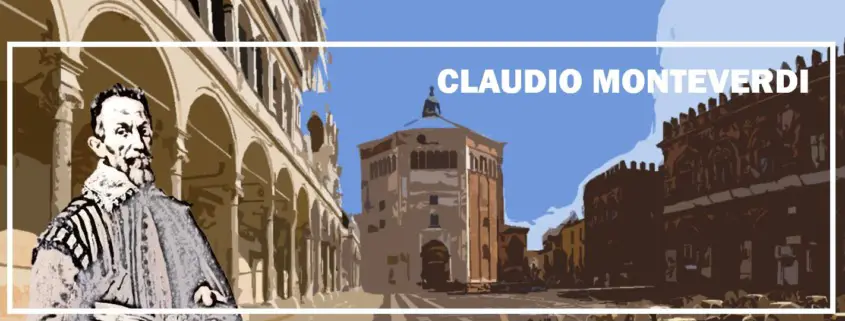
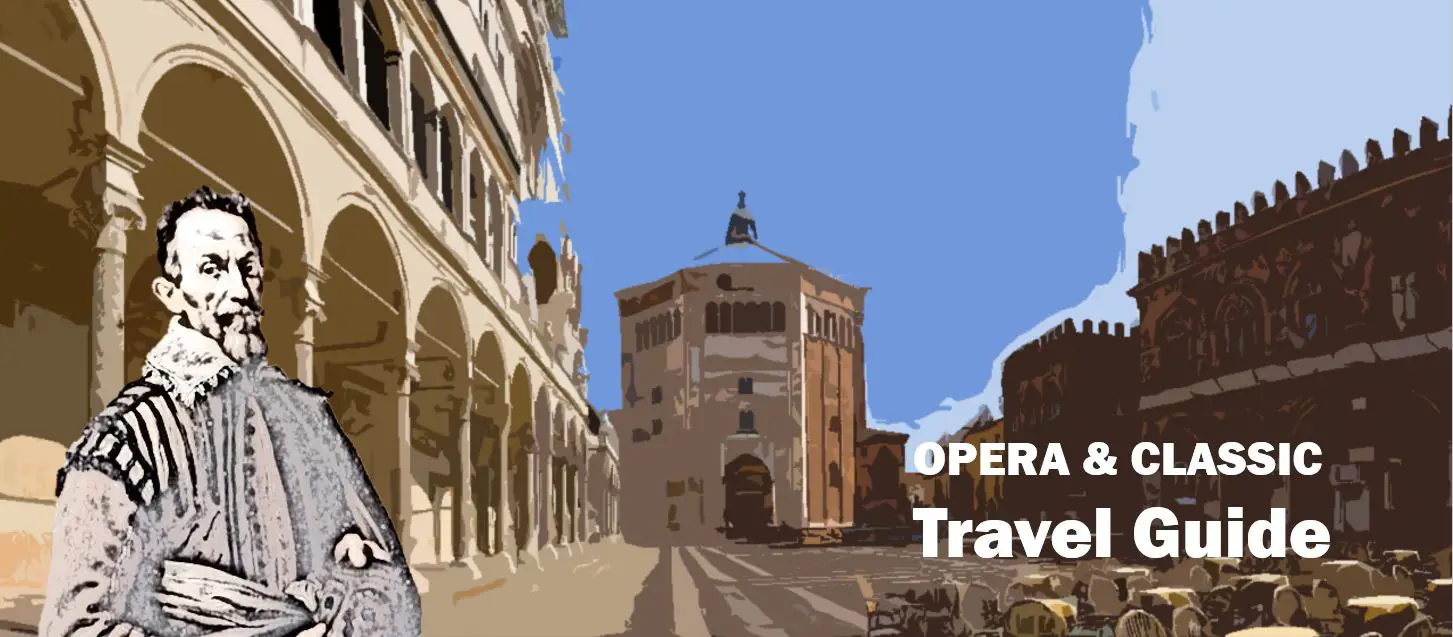
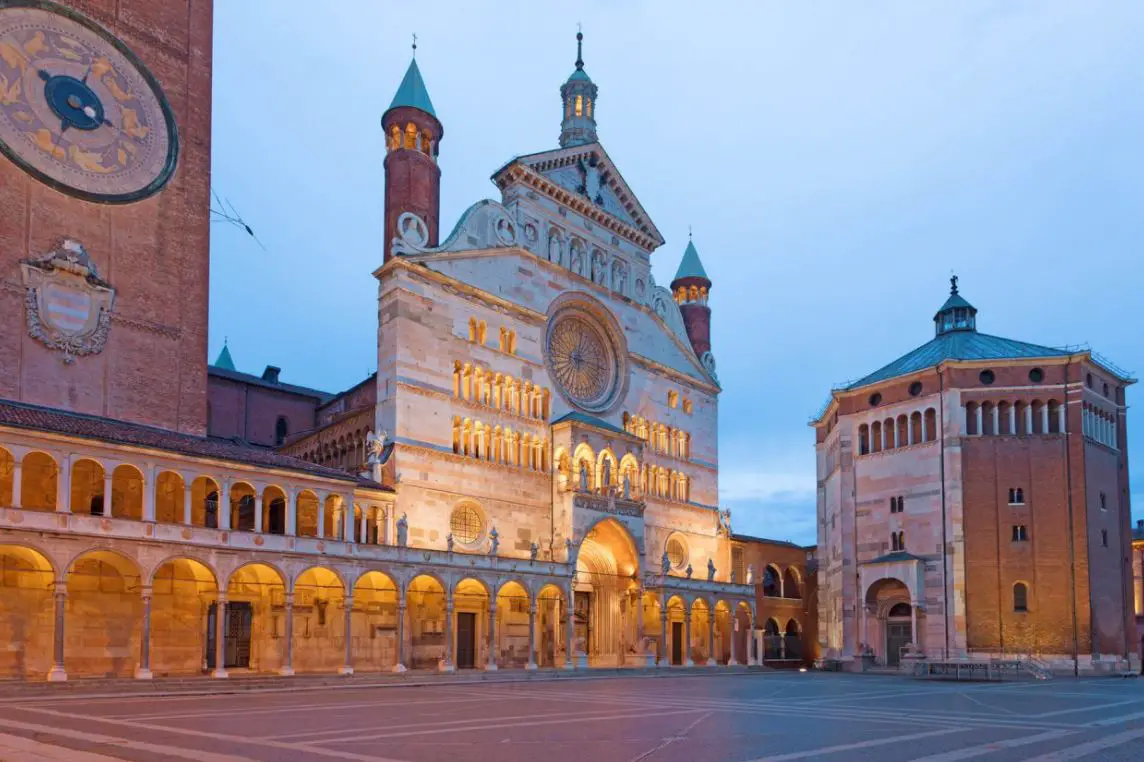
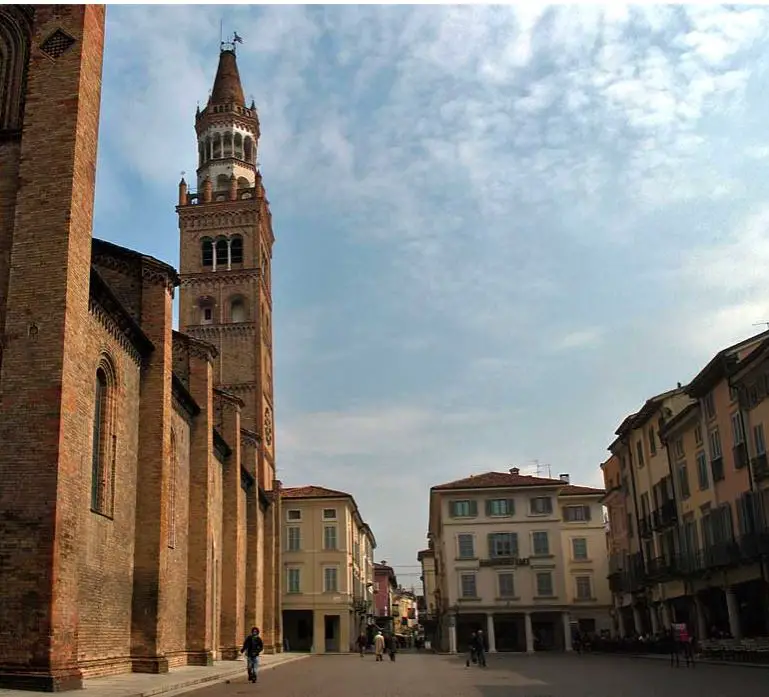
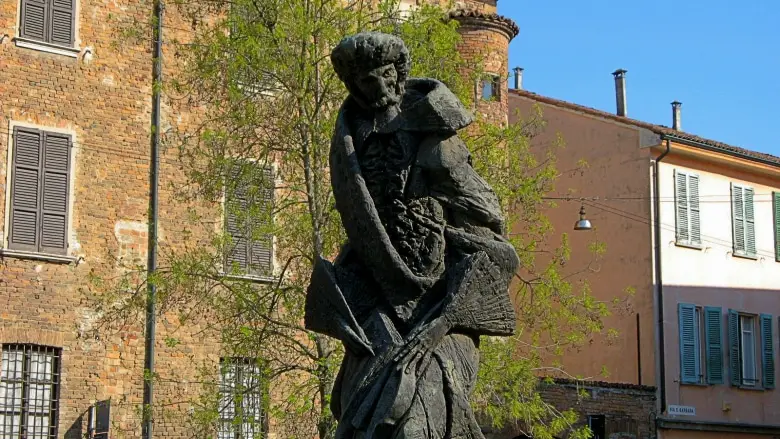
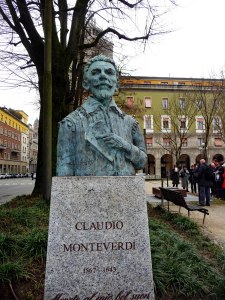
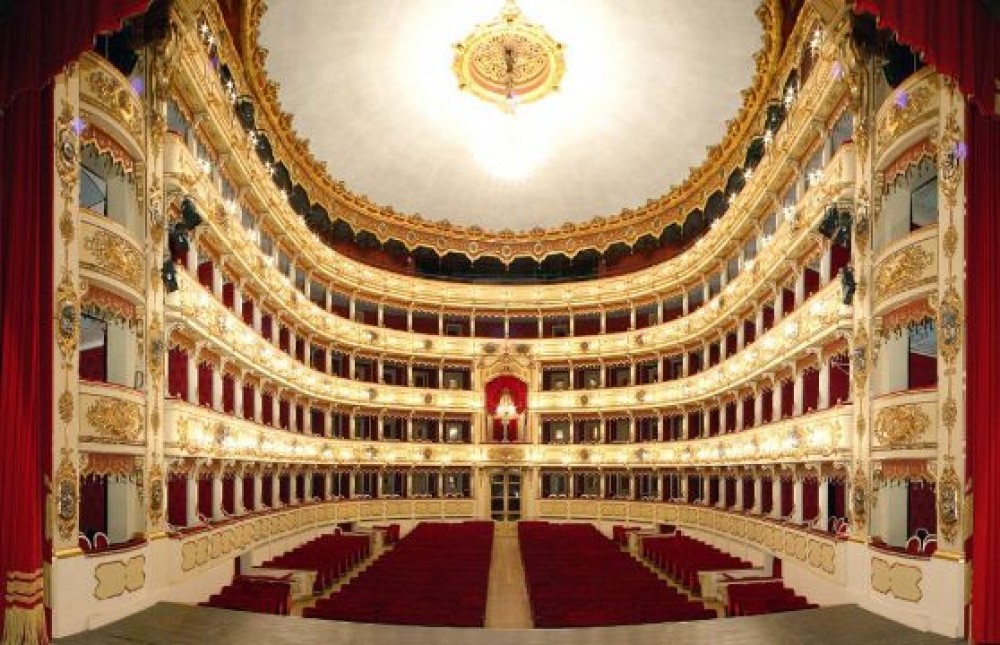
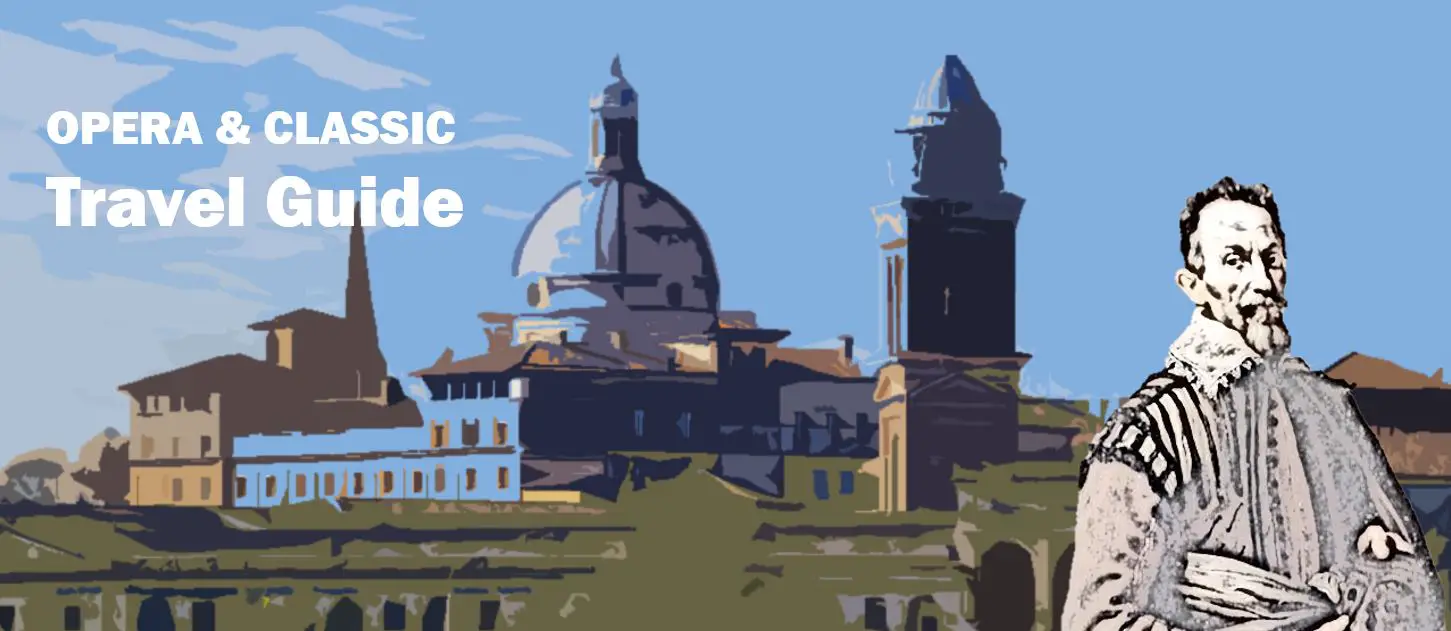
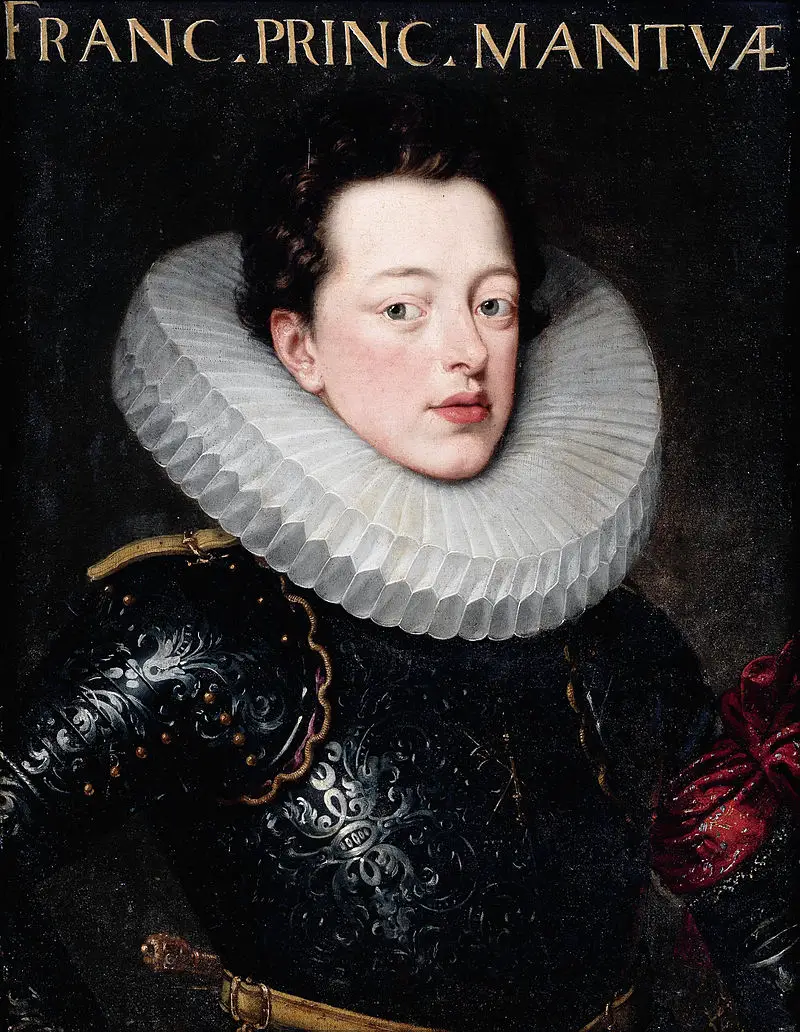
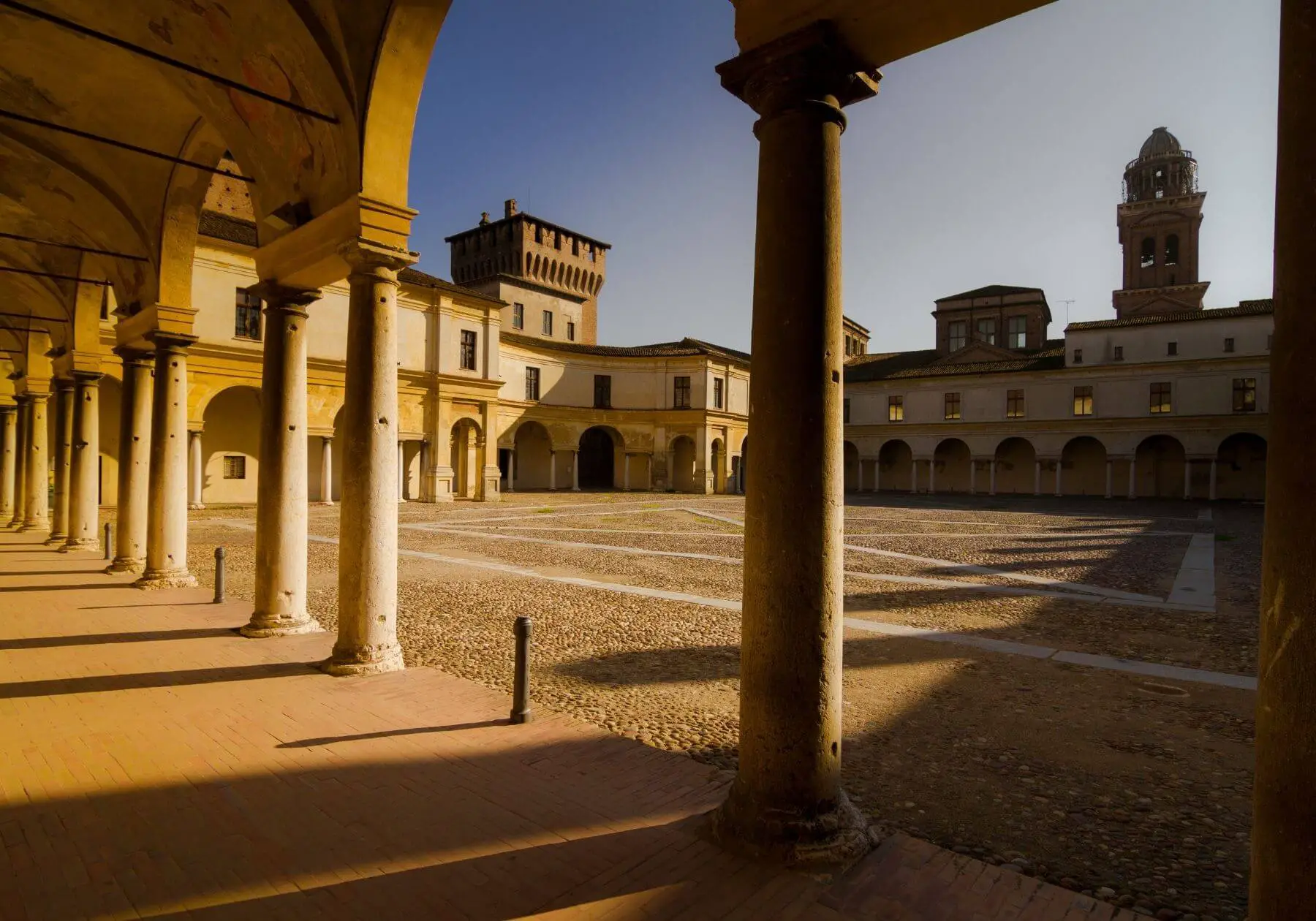
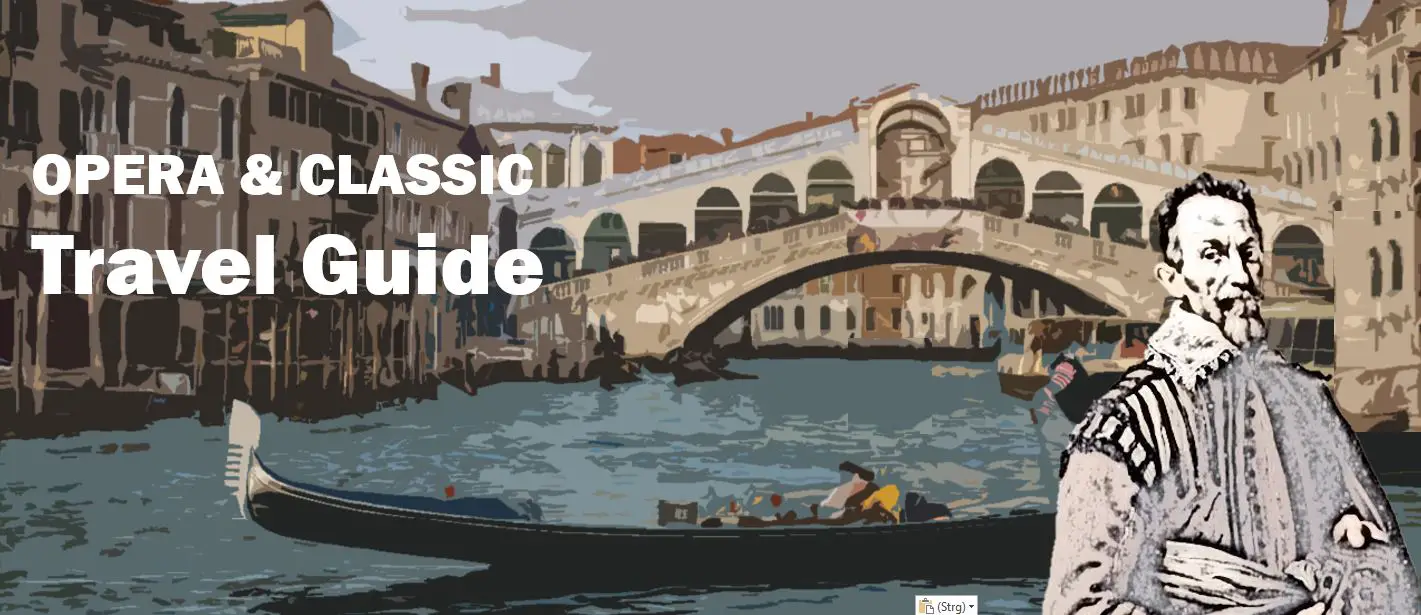
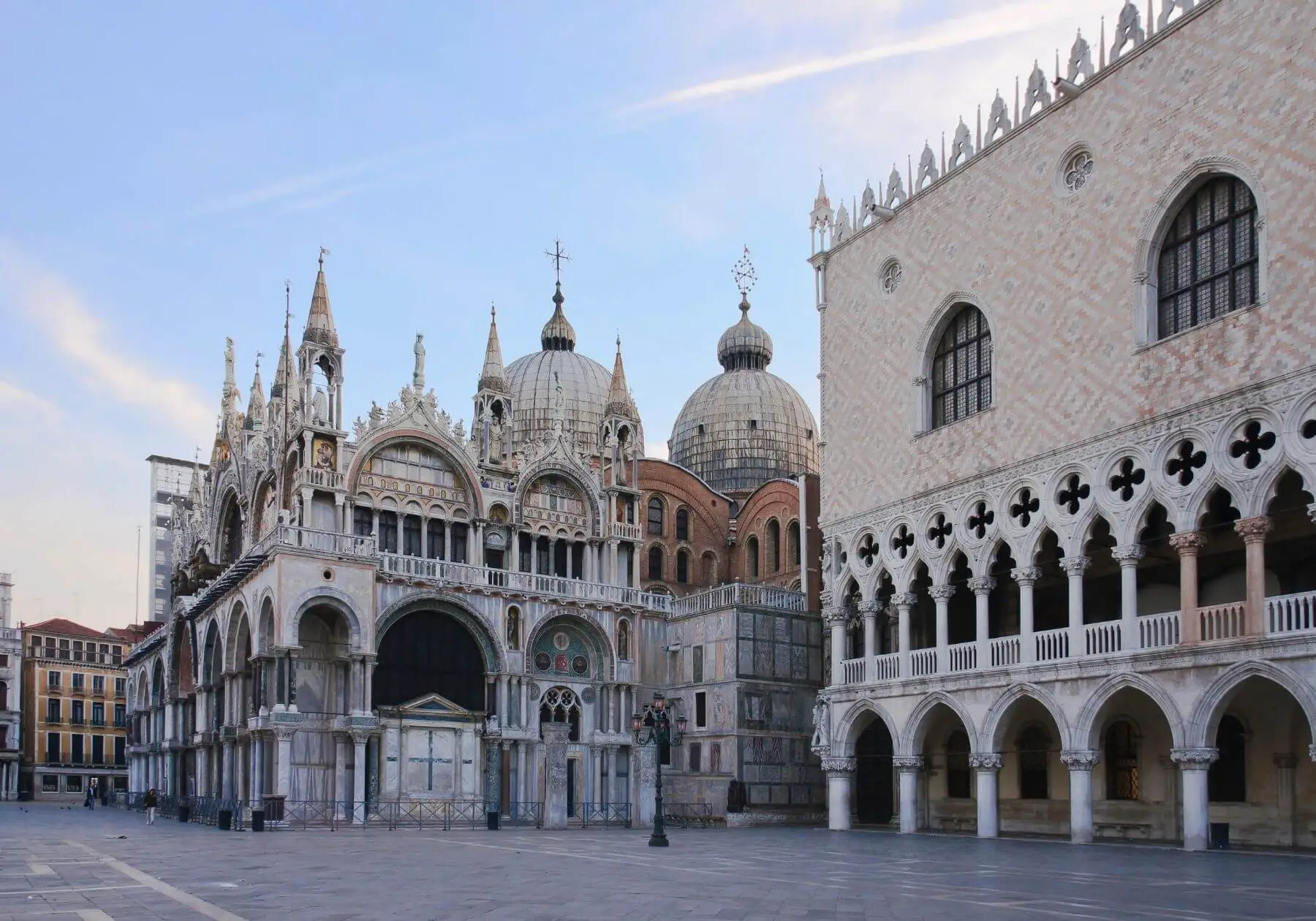
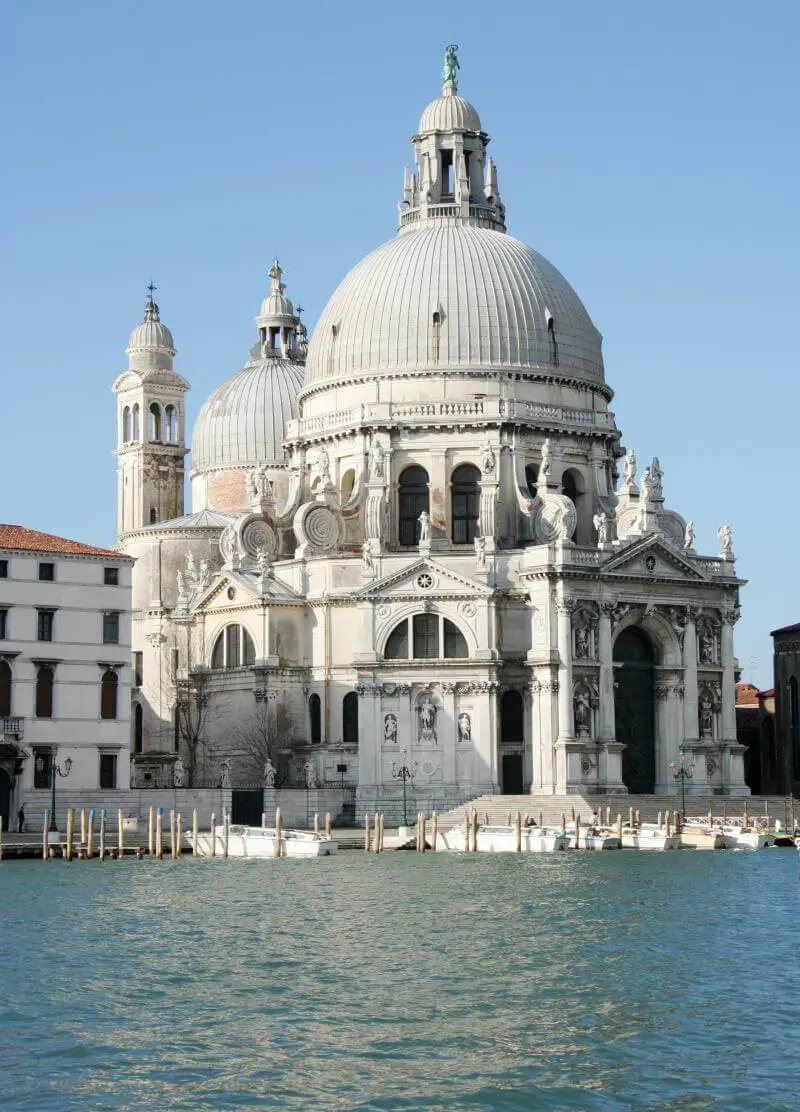
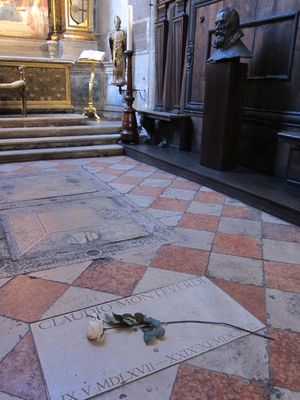


Leave a Reply
Want to join the discussion?Feel free to contribute!